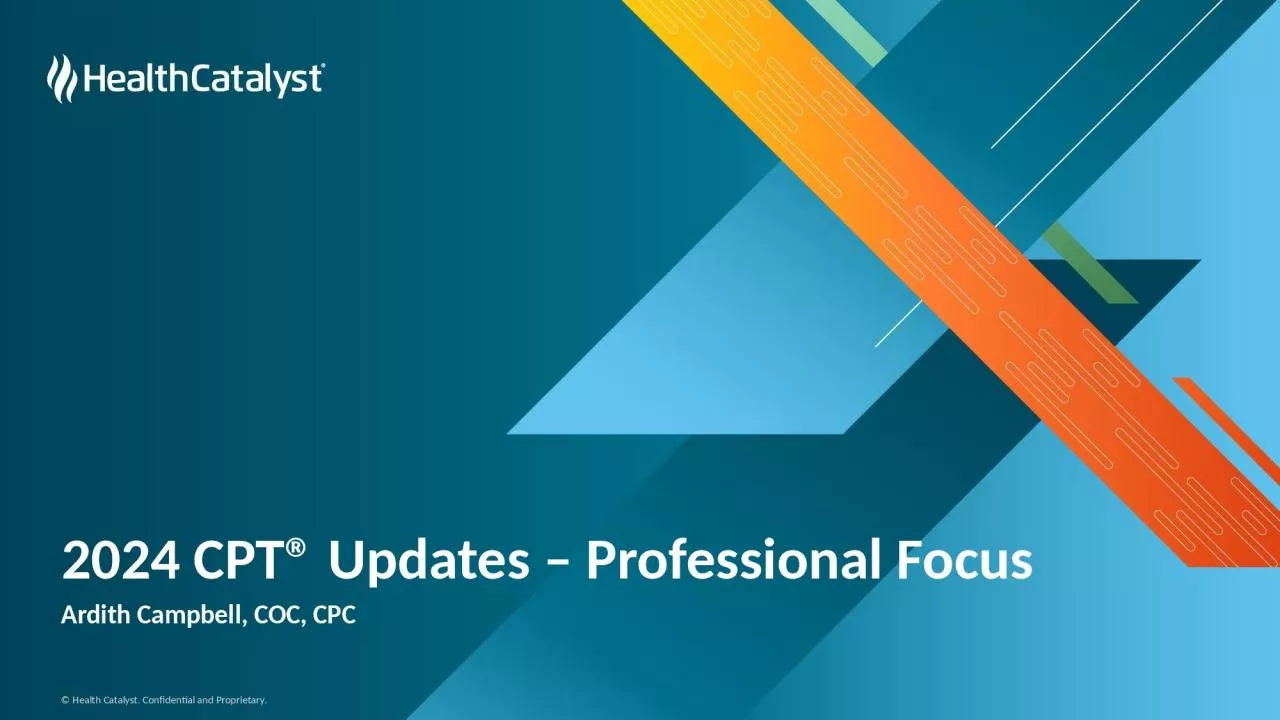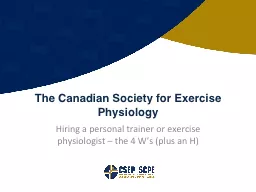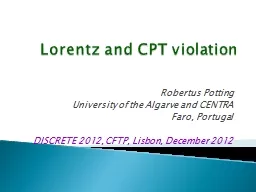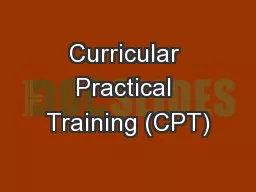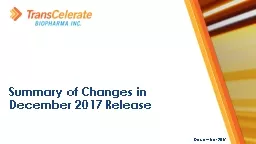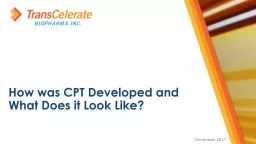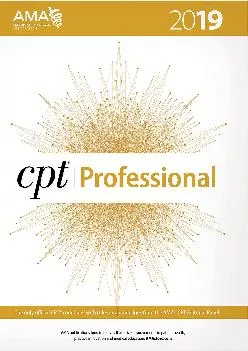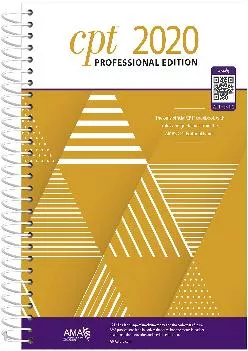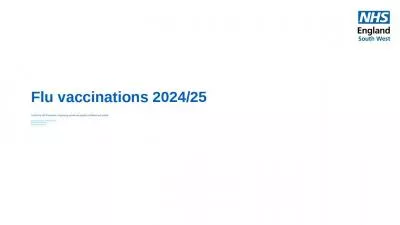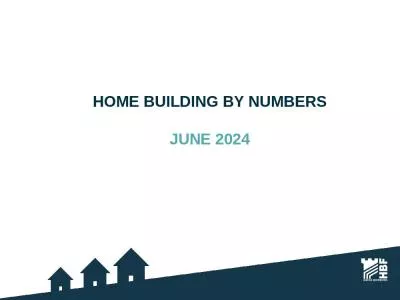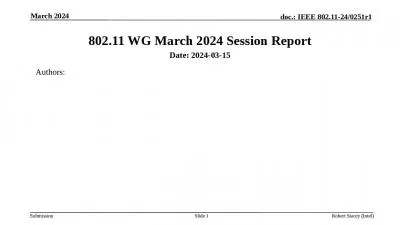PPT-2024 CPT® Updates – Professional Focus
Author : angelina | Published Date : 2024-01-29
Ardith Campbell COC CPC Disclaimer Statement This webinarpresentation was current at the time it was published or provided via the web and is designed to provide
Presentation Embed Code
Download Presentation
Download Presentation The PPT/PDF document "2024 CPT® Updates – Professional Focu..." is the property of its rightful owner. Permission is granted to download and print the materials on this website for personal, non-commercial use only, and to display it on your personal computer provided you do not modify the materials and that you retain all copyright notices contained in the materials. By downloading content from our website, you accept the terms of this agreement.
2024 CPT® Updates – Professional Focus: Transcript
Download Rules Of Document
"2024 CPT® Updates – Professional Focus"The content belongs to its owner. You may download and print it for personal use, without modification, and keep all copyright notices. By downloading, you agree to these terms.
Related Documents

